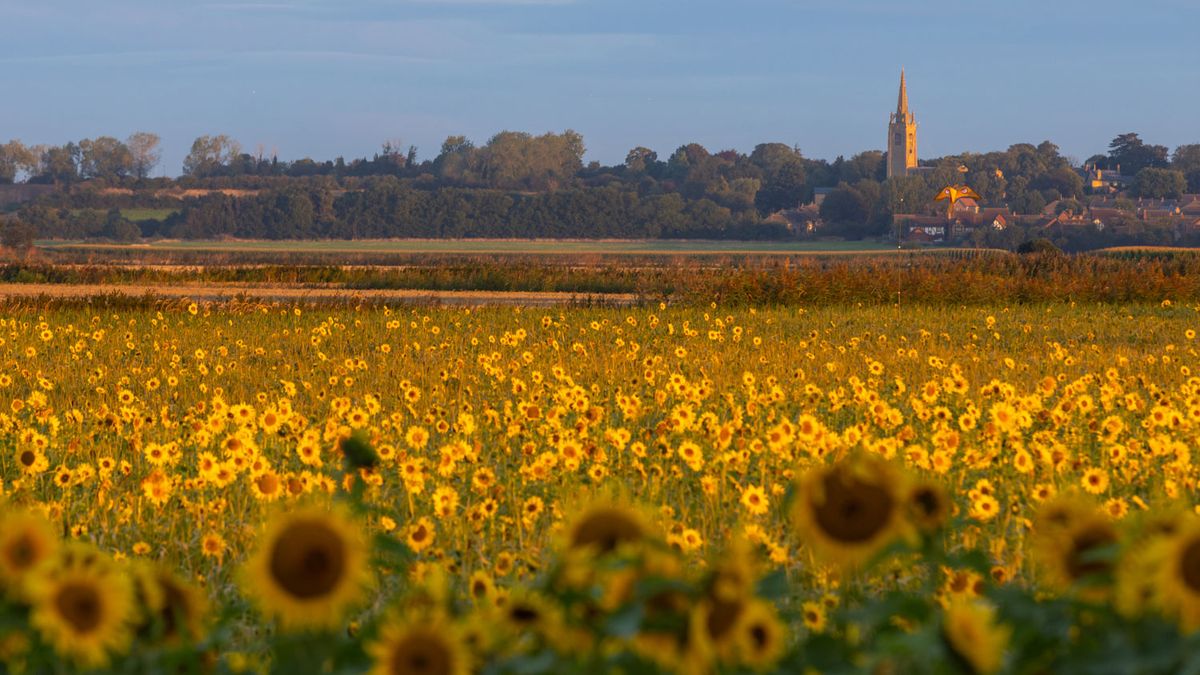
For me, 2024 was one of the most successful years for photography to date. I got out of a longstanding creative rut, partly thanks to upgrading to some new camera kit which gave me an excuse to get out and try it in anger, and I'd feel guilty spending all that money if it went unused.
It was a year of many firsts for my photography. I found new bluebell woods close to home, and will be returning annually to photograph it at its springtime best over spring in the coming years. I shot my first colorful fly agaric mushroom, I tried shooting with old vintage lenses, and even coordinated a photographic holiday to Budapest, Hungary, leading a workshop with travel pro Jeremy Flint and PhotoPlus: The Canon Magazine.
Fortunately, the past 12 months have been full of more hits than misses and I've enjoyed every moment. But in 2025 I'm looking to make up for some of my missteps and make sure I don't miss out on some of the most important seasonal events on my 2025 photo calendar. Here's what's top of my list…
Painting with light
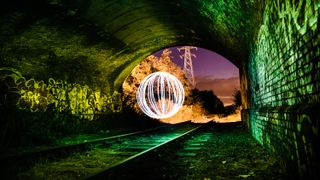
I must have been particularly good this year, as one of my Christmas presents was a whole set of accessories from Light Painting Brushes. The set ranges from light wands to plexiglass shapes, fiberoptic attachments to color hoods, and other gadgets for creating ‘light graffiti’.
I’m yet to try them out, so I’m hoping while the nights are still fairly long I’ll be able to get out and improve my light painting techniques in January and February – and then again, come fall and winter at the tail end of 2025, when the days become shorter once again.
Timing the tulips and sunflowers
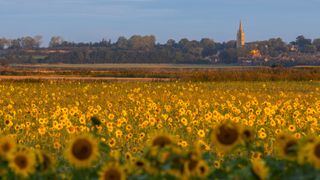
Timing is everything when it comes to photographing flowers at their best throughout the year, and I'll be perfectly honest – my timing has been a little off in recent years. But I’m hoping that 2025 is finally the year when I dial it in, as I'd love to take some great photos of both fields full of tulips and sunflowers this year.
I’ve previously visited locations too late on both occasions, arriving to a graveyard of flowers and decapitated sunflower stalks just days after harvest. I’ve left big notes on my 2025 calendar so I’ll arrive earlier this year and won’t miss them this time around.
Get the Digital Camera World Newsletter
The best camera deals, reviews, product advice, and unmissable photography news, direct to your inbox!
It’s quite disappointing knowing you’ve missed the moment and will have to wait a full year before you have another shot at it, so learn from my mistakes and head out early! For tulips that means I’m going to be heading out in March and April, and for sunflowers I’ll try August and September.
I’m also hoping I can add some poppy fields to my landscapes portfolio – though these can be trickier as they’re not usually in the same field year after year, so it’s also harder to track them down and plan your compositions.
Rabbits and hares in spring
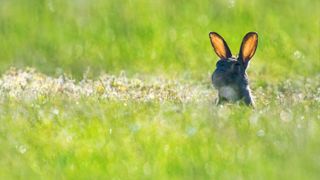
At one point in 2016 I was trying to make it as a semi-professional wildlife photographer, and my 300mm f/2.8 lens was my main weapon of choice. But due to personal circumstances the lens had to be sold, and even to this day I'm saving up to try to get hold of one again – they ain't cheap!
However, I’m not going to let that stop me photographing rabbits and hares this spring – especially as I have no shortage of farmers’ fields around me to set up in.
So this year I’m considering renting a lens like the Canon EF 300mm f/2.8L IS II USM from Hireacamera, which I’ve received a quote of £130 (about $160 / AU$260) for a weekend and seems pretty fairly priced (at least, when you consider it would cost £3,200 ($4,000 / AU$6,500) to buy the lens second-hand).
Fairground photos
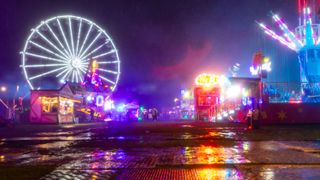
One of my most fun and successful shoots of 2024 was photographing my local carnival when it came to town. With colorful lights, chaotic movement and no shortage of fun moments to turn my camera towards, these funfairs are an exhilarating setting to take photos in.
There was, however, an abundance of lasers at my local fair. And while these can look brilliant in photos, the highly concentrated streams of light have the ability to destroy a camera sensor in fractions of a second when exposed – so I was perhaps overcautious with my compositions.
But I’m now in possession of a Kase Anti-Laser filter, which fills me with a bit more confidence to shoot towards lasers. I might also choose to shoot on an older camera, so that if my sensor does get fried it’s only my cheap and cheerful Canon EOS 600D rather than my more expensive EOS R5 – which I would be gutted if it was written off!
I'm also keen to book a model this time around and attempt some fairground portraits, as I think the backgrounds of blinking lights, smoke, fog and lasers could make for some interesting backdrops.
Important astro events
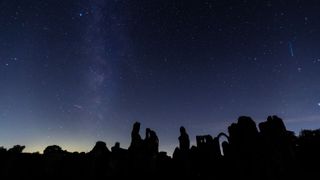
While I love astrophotography, I think I've missed every important night sky event in the past 12 months. I only caught this meteor shower by total fluke! In the UK we were rewarded with a super rare aurora borealis multiple times, and on most occasions I didn't realize the event had happened until I saw all the incredible shots from fellow photographers on social media.
So this year I'm going to try my best to stay on top of key astro events, and have penciled in the Perseid and Geminid Meteor showers. North and South Americas as well as western parts of Europe will be treated to a total lunar eclipse on March 14, so I'm going to use sites like Time and Date to stay up to date this year!
You may also like…
If you want to follow some of my plans, make sure to pack the right kit. That means the best cameras for astrophotography and the best lenses for astrophotography to shoot the night sky; the best camera for wildlife photography and the best lenses for wildlife to capture those bunnies and hares; and the best cameras for landscape photography and the best lenses for landscapes for those stunning 'scapes.

Deputy Editor on PhotoPlus: The Canon Magazine, Dan also brings his technical wizardry and editing skills to Digital Camera World. He has been writing about all aspects of photography for over 10 years, having previously served as technical writer and technical editor for Practical Photography magazine, as well as Photoshop editor on Digital Photo.
Dan is an Adobe-certified Photoshop guru, making him officially a beast at post-processing – so he’s the perfect person to share tips and tricks both in-camera and in post. Able to shoot all genres, Dan provides news, techniques and tutorials on everything from portraits and landscapes to macro and wildlife, helping photographers get the most out of their cameras, lenses, filters, lighting, tripods, and, of course, editing software.